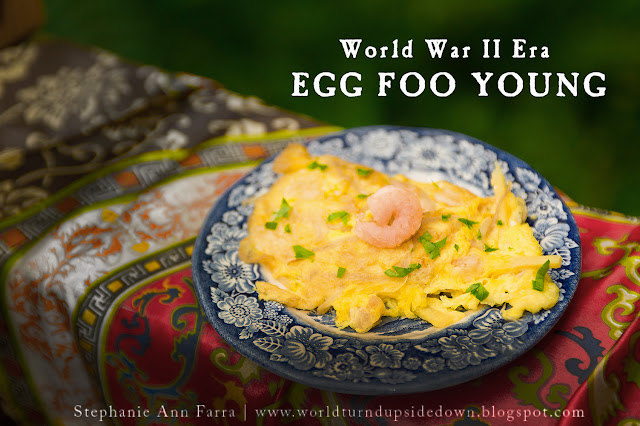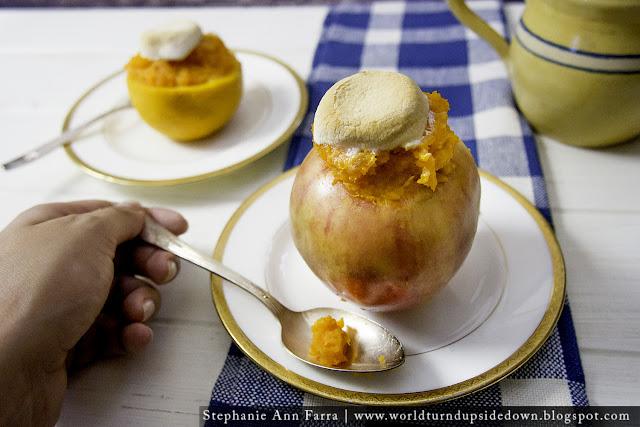We had a little teaser of fall over the last few days but that light breeze has been replaced with an Indian monsoon season. Again. I haven't wanted to look at the oven, let alone turn it on. I took advantage of the nice weekend weather to get a little baking done.
This recipe is from Amelia Simmons' cookbook American Cookery, famous for being the first American written cookbook intended for American cooks utilizing the ingredients local to them.
This is a true pound cake recipe. A true pound cake is a cake made from a pound of flour, a pound of butter, a pound of sugar and a pound of eggs. Traditional pound cakes do not use any additional leavening agents and rely on the eggs to puff them up a bit. This recipe gives the vague "spice to taste" so I had to do a little rummaging to see what spices were popular in cakes like this and settled on cinnamon, nutmeg and carraway.
18th Century Pound Cake
Ingredients:
- 2 Sticks Butter (1/2 Pound)
- 1 Cup Sugar
- 2 Cups Flour (3+ if you you don't have small tins and want to bake them "cookie" style)
- 1/3 Cup (2 ounces) Rosewater
- 4 Eggs
- 1 Teaspoon Cinnamon
- 1/4 teaspoon Nutmeg
- Caraway Seeds
Instructions:
Preheat oven to 350 °F. Cream the butter, add the sugar, rosewater, cinnamon and nutmeg and mix well. Crack the eggs in a separate bowl and whisk 10-15 minutes by hand. Add eggs to the butter mixture and mix until well combined. Slowly mix in the flour.
If using small tins, grease the tins and fill with batter. Add carrayway on top.
If using cookie cutters, add enough flour to create a dough you can roll out. I kneaded it with my hands a little bit. This made a very light dough. Place cakes on parchment paper on a cookie sheet. Sprinkle carraway over the cakes.
Bake cakes for 15 minutes. They won't brown more than a slight orange at the rim on the base of the cakes.
The first thing I noticed about this cake was that it tasted good soft but probably tastes even better crunchy which is probably the point. These probably get better over time which is good because if you made a whole batch you'd have around 40 small cakes on your hands.














